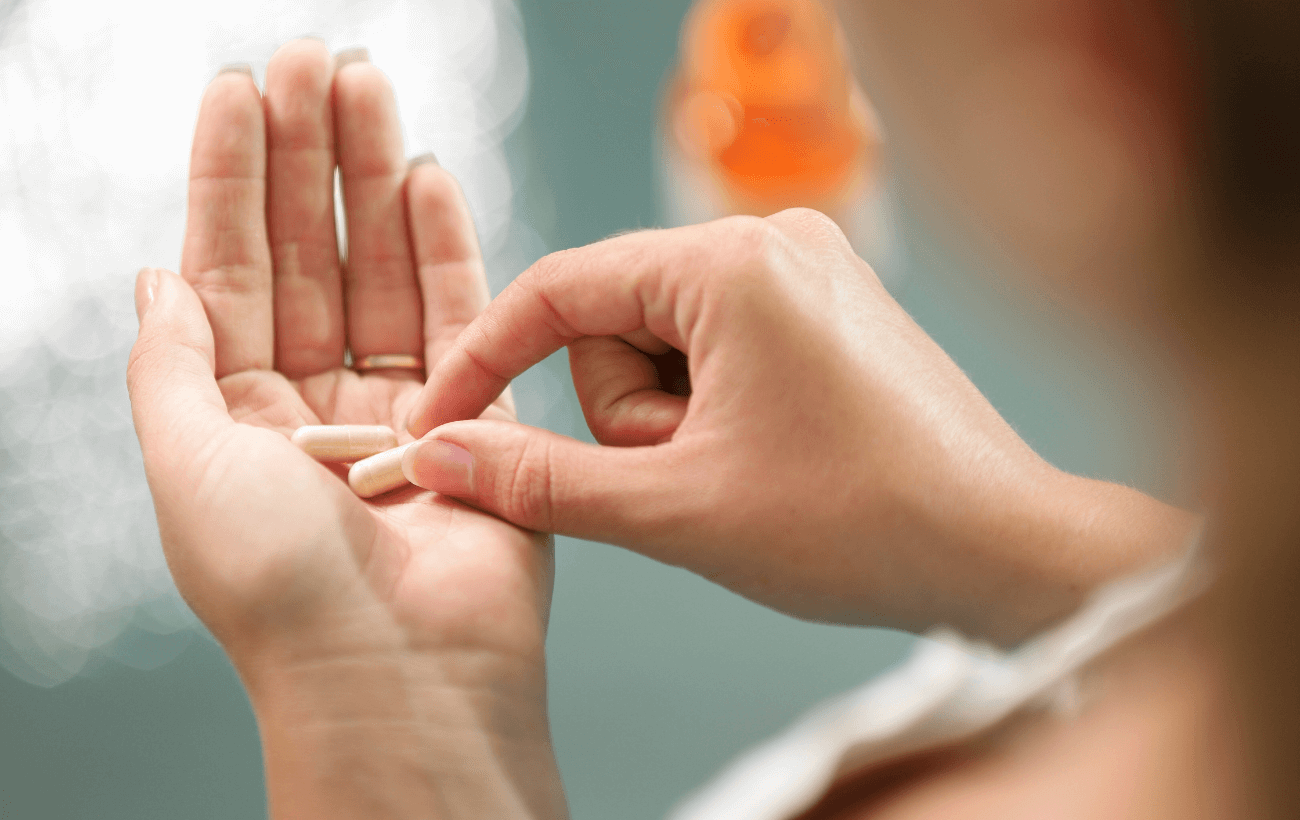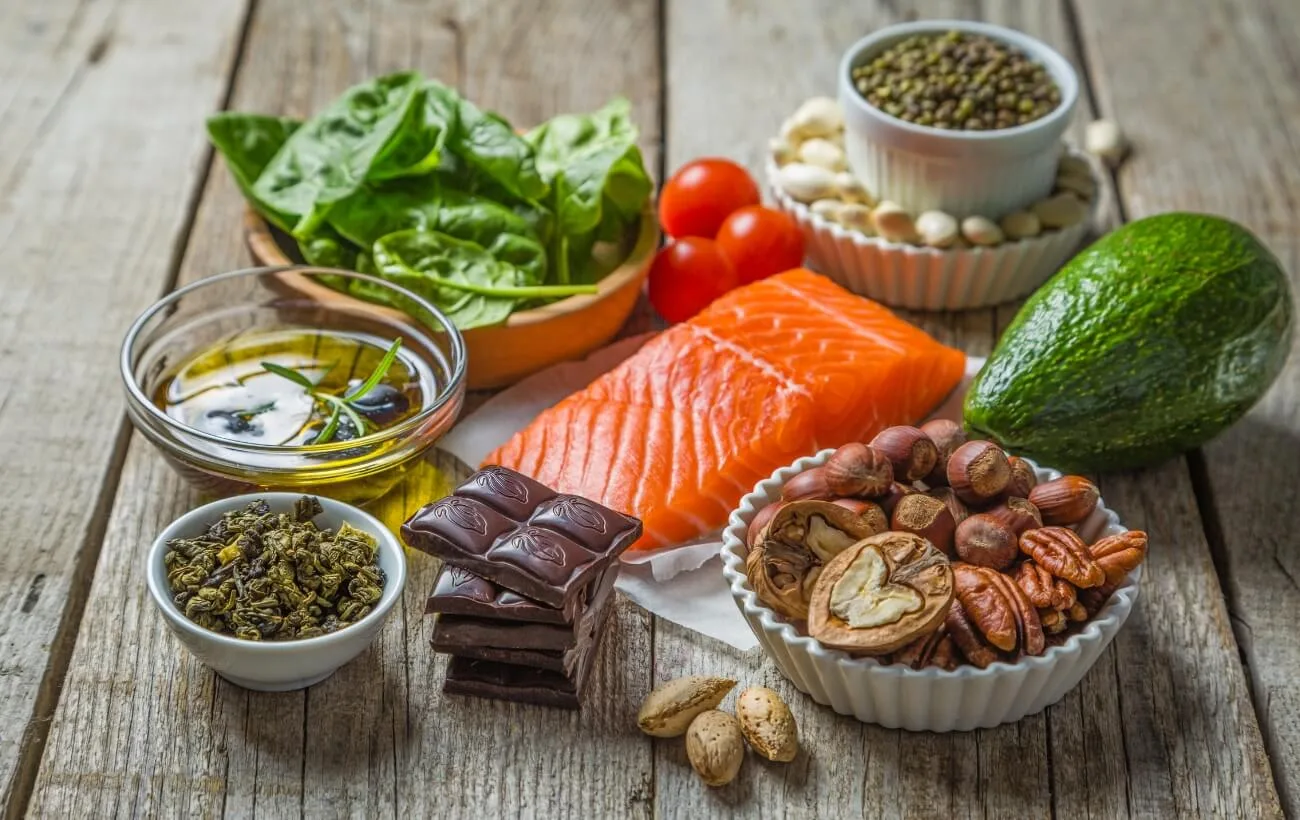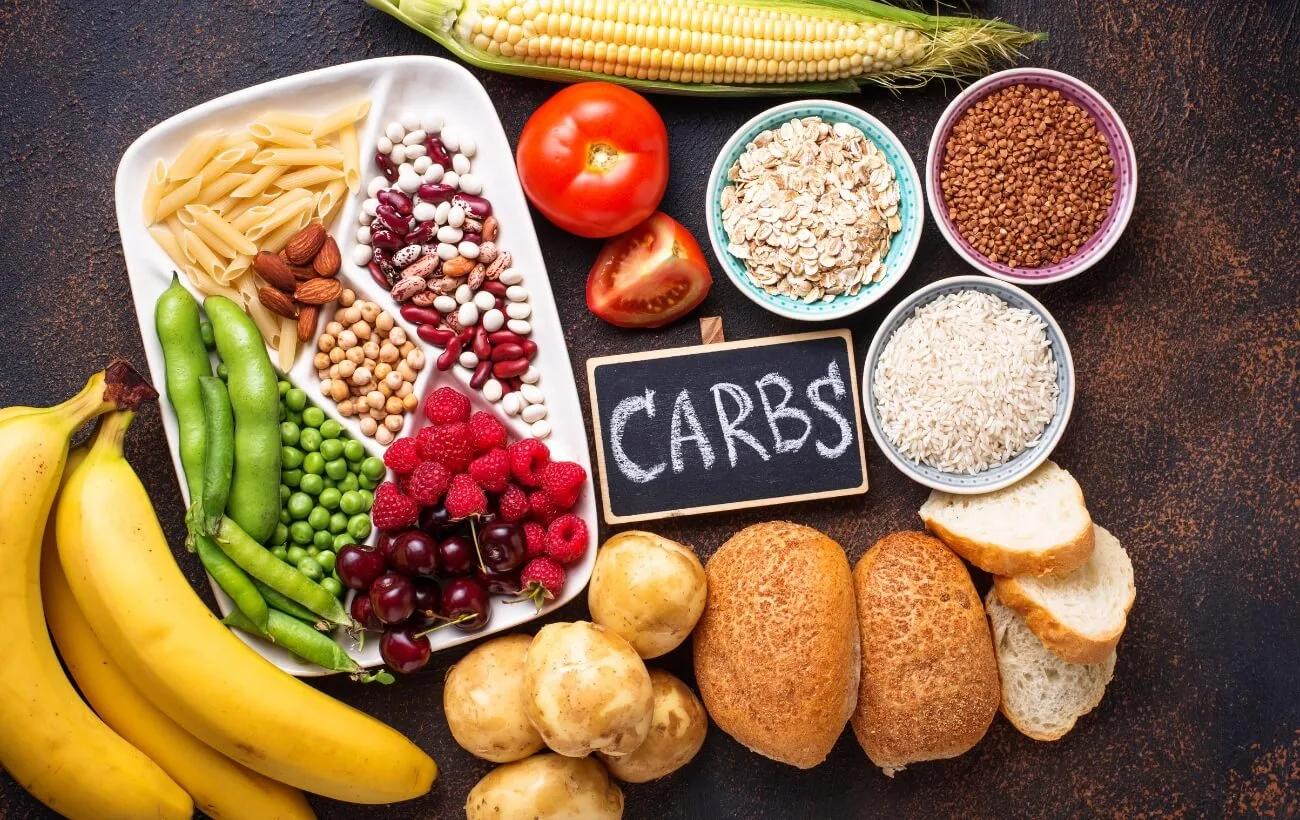
Creatine is a popular supplement known for its ability to boost muscle strength, endurance, and overall workout performance. However, to fully reap the benefits of creatine, it’s crucial to maximize its absorption in your body. This article provides practical tips and strategies to help you enhance creatine absorption, ensuring you get the most out of your supplementation.
Understanding Creatine Absorption
Creatine is absorbed through the digestive system and then transported to muscle cells where it is stored as phosphocreatine. This stored form of creatine plays a key role in the production of ATP (adenosine triphosphate), the primary energy currency of the cell. Several factors, such as timing, diet, and individual metabolism, can affect how well your body absorbs creatine. Additionally, the form of creatine you consume (e.g., monohydrate, ethyl ester, hydrochloride) can influence absorption rates and effectiveness. It’s important to note that while creatine monohydrate is the most studied and proven form, individual responses may vary, necessitating a personalized approach to supplementation. Understanding these variables can help you tailor your creatine intake for maximum benefit and efficiency.
Tips for Maximizing Creatine Absorption
- Timing Your Intake: Timing your creatine intake can significantly impact its absorption and effectiveness. Post-workout is often considered the best time to take creatine because your muscles are more receptive to nutrients after exercise. Additionally, splitting your doses between pre- and post-workout can help maintain higher levels of creatine in your muscles throughout the day.
- Combining Creatine with Carbohydrates: Insulin, a hormone that helps cells absorb glucose, also enhances creatine uptake into muscles. Consuming creatine with carbohydrates can increase insulin levels, improving creatine absorption. Good carb sources to pair with creatine include fruits like bananas or apples, and juices such as grape or orange juice.
- Hydration and Creatine Absorption: Staying well-hydrated is essential for optimal creatine absorption. Water facilitates the transport of creatine into muscle cells and helps maintain cellular hydration, which is critical for muscle function and growth. Aim to drink at least 8-10 glasses of water a day, and more if you’re engaging in intense physical activity.
- Using Creatine with Protein: Combining creatine with protein can have synergistic effects, further enhancing muscle growth and recovery. Protein sources such as whey protein shakes, lean meats, and dairy products are excellent choices to pair with creatine. Consuming creatine and protein together post-workout can maximize muscle repair and growth.
- Consistency in Supplementation: Regular and consistent creatine intake is crucial for maintaining its levels in your muscles. Whether you choose a loading phase (20 grams per day for 5-7 days) followed by a maintenance dose (3-5 grams per day) or a consistent daily dose from the start, consistency is key. This ensures your muscles remain saturated with creatine, providing continuous benefits.
Enhancing Creatine Absorption with Exercise
Exercise, particularly resistance training, can boost creatine absorption by increasing blood flow to your muscles. This enhanced blood flow facilitates the transport of creatine into muscle cells. Incorporating a mix of compound movements (like squats and deadlifts) and isolation exercises (like bicep curls) can help maximize creatine uptake and overall muscle growth. Compound movements engage multiple muscle groups, creating a greater demand for ATP and thus more effective utilization of creatine. Additionally, incorporating high-intensity interval training (HIIT) can further improve creatine absorption due to the increased metabolic rate and enhanced nutrient delivery to muscles. Consistent, varied exercise routines not only optimize creatine uptake but also promote overall fitness and muscle development, ensuring that you get the most out of your supplementation efforts.
Addressing Common Absorption Issues
Some individuals may experience digestive discomfort when taking creatine. To mitigate these issues, try taking smaller doses spread throughout the day or opt for creatine monohydrate in micronized form, which is more easily absorbed. Additionally, ensure you are staying hydrated and consuming enough carbohydrates and protein to support overall digestion and absorption. If you continue to experience discomfort, consider taking creatine with a meal to buffer its effects on your stomach. Some users find that mixing creatine with a warm liquid helps it dissolve more completely, reducing the likelihood of gastrointestinal issues. It’s also worth exploring different forms of creatine, such as creatine hydrochloride, which some people find easier on their digestive system. Monitoring your body’s response and adjusting your intake method accordingly can help you find a regimen that minimizes discomfort and maximizes benefits. Consulting with a healthcare provider or a nutritionist can also provide personalized advice tailored to your specific needs and health conditions.
Conclusion: Timing, Nutrient Pairing, Hydration, and Consistency
Maximizing creatine absorption is essential for achieving the best results from your supplementation. By timing your intake, combining creatine with carbohydrates and protein, staying hydrated, and maintaining consistency, you can enhance the effectiveness of your creatine regimen. Incorporating these strategies into your routine will help you optimize your fitness journey and achieve your workout goals.
We encourage you to share your experiences and tips for maximizing creatine absorption in the comments below. For more tips and updates, subscribe to our newsletter and stay informed about the latest in fitness supplementation. Check out our related articles to further enhance your understanding and effectiveness of creatine supplementation.




